Author: VRS
-
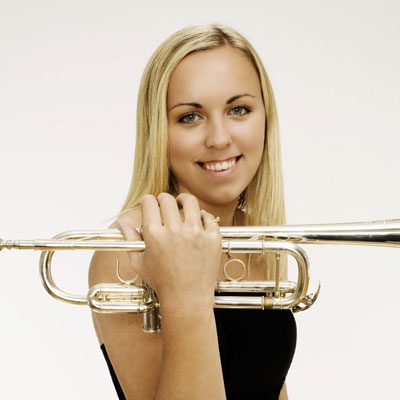
WHAT TO EXPECT: TINE THING HELSETH
We are looking forward to presenting Tine Thing Helseth in her Vancouver debut this coming Sunday. Tine (pronounced Tin-eh) will be accompanied by pianist Håvard Gimse, and together they will perform the Canadian premiere of a new work for solo trumpet by Norwegian composer Rolf Wallin. Also featured in the recital program: Bohuslav Martinů’s Sonatina for…
-
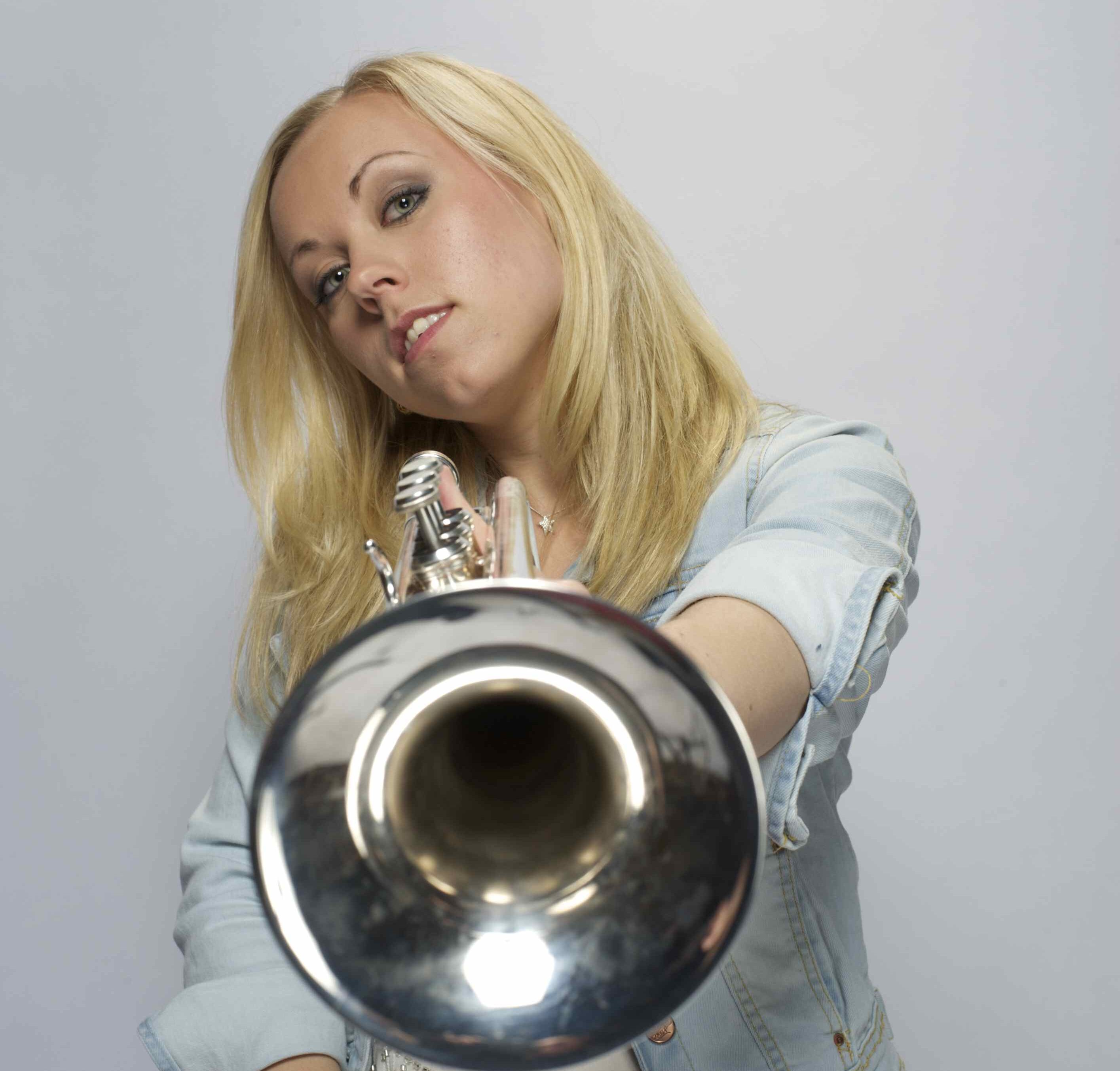
PROGRAM NOTES: TINE THING HELSETH
Tine Thing Helseth, trumpet Havard Gimse, piano Next Generation Series at The Vancouver Playhouse Sunday, February 5, 2012 Bohuslav Martinů: Sonatina for Trumpet and Piano Bohuslav Martinů followed in the footsteps of his compatriots Dvořák, Smetana, Janáček and Suk in the incorporation of elements from Bohemian and Moravian folk music into his works. Martinů was…
-

THE ONE WHO GOT AWAY
For a good many years I have been an ardent fan of the wonderful German bass-baritone, Thomas Quasthoff. I had the good fortune to hear him in recital at the Wigmore Hall and remarkably, despite his 4ft height he was a towering presence on the stage. He was a “thalidomide baby” who soared above his…
-

PROGRAM NOTES: KHATIA BUNIATISHVILI
Khatia Buniatishvili, piano Chan Centre for the Performing Arts Monday, January 23, 2011 Franz Joseph Haydn, piano sonata no. 33 in C minor, Hob. XVI/20 Although Haydn’s role in the development of the symphony and string quartet is secure in the minds of many people, but they are still apt to forget just how important…
-
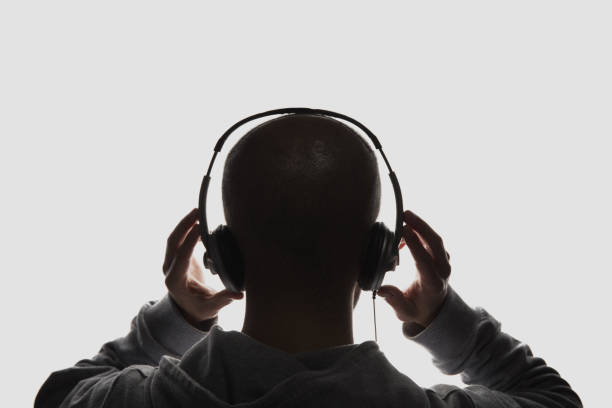
LISTENING ROOM REVEALED
Over the past few weeks we asked our readers for their favourite recordings, performers and repertoire. We received many responses. Perhaps it is not surprising that J. S. Bach ranks high with our listeners. One wrote, “I’m listening to Bach piano transcriptions performed by Dinu Lipatti, Yvonne Lefebure, Egon Petri, Solomon, Myra Hess, and Wilhelm…
-
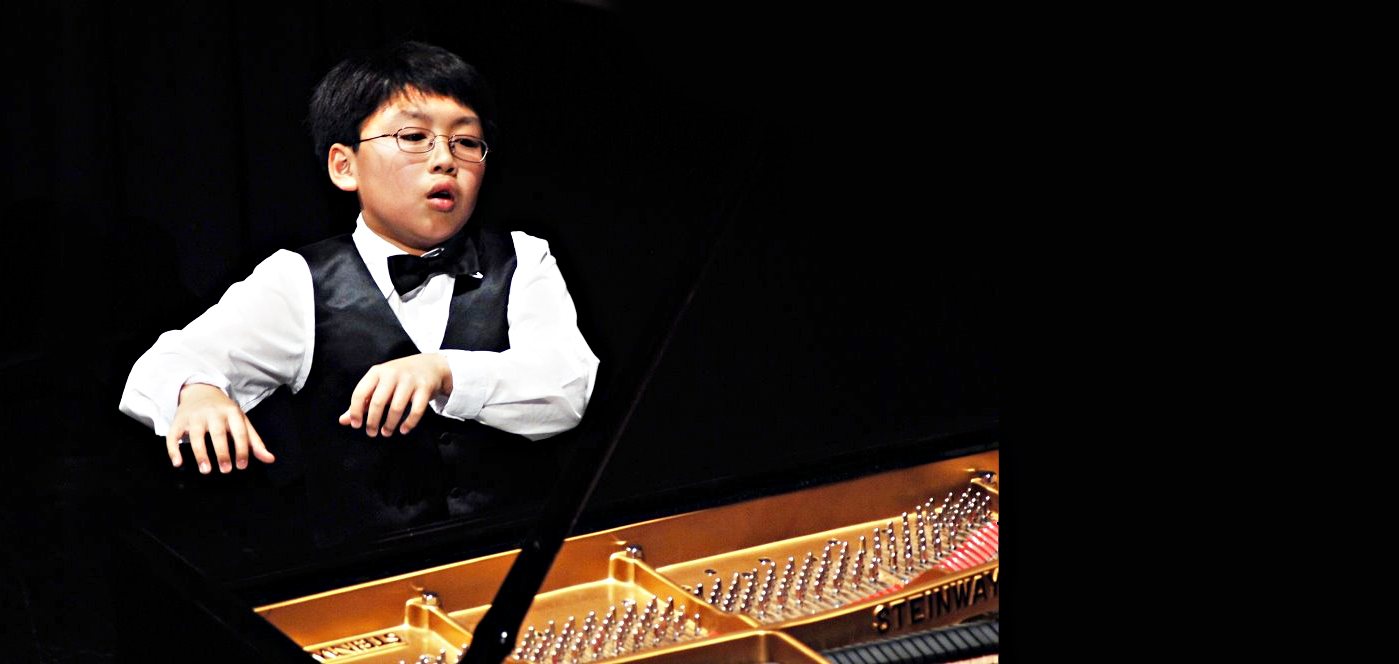
PROGRAM NOTES: GEORGE LI
George Li Program Notes Performance: Vancouver Playhouse, Sunday, December 4, 2011 Carl Czerny Variations on a Theme by Rode, Op. 33 (“La Ricordanza”) Most concertgoers know Carl Czerny only as the early nineteenth-century pedagogue who churned out endless dull exercises that continue to be inflicted upon piano students this day. True, he did compose a…
-

PARKING AT THE CHAN CENTRE
Many of our patrons have pointed out the increasing cost of using the Rose Garden Parkade adjacent to the Chan Centre. In the past, parking at UBC was underwritten by UBC Parking Services with a small charge ($1-$1.50) applied to organizations using the Chan Centre for each ticket that was sold. UBC Parking absorbing the…
-

THE REMARKABLE CAREER OF GEORGE LI
And what a career it has been for this 15 year old pianist! George Li began winning competitions at age 6 and he made is first public performance at Boston Steinway Hall at the age of nine. One of his biggest achievements came in 2010 when he performed Chopin’s Piano Concerto no. 1 with the…
-

LISTENING ROOM
One thing we all share in common is a passion for listening to music. Of course, we regularly come together to discover new talent and marvel at internationally-acclaimed artists on Vancouver’s stages. But our appetite for music does not end there. In a world where recordings have never been more readily available, we can now…
-
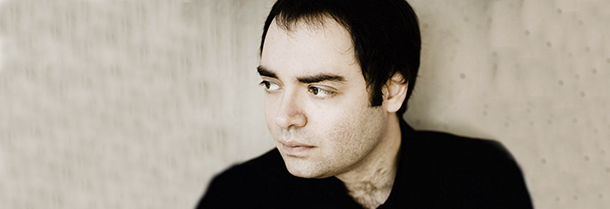
A GROWING APPRECIATION: PRELUDES AND FUGUES BY SHOSTAKOVICH
Perhaps it has been a deficiency in my musical education, but I have found it hard to warm to Shostakovich’s Preludes and Fugues. Written in 1950-51 and influenced by Bach and in a lineage of prelude collections by Chopin, Scriabin, Busoni, Debussy, and Rachmaninoff, these works have generally remained on the outskirts of the repertoire.…

